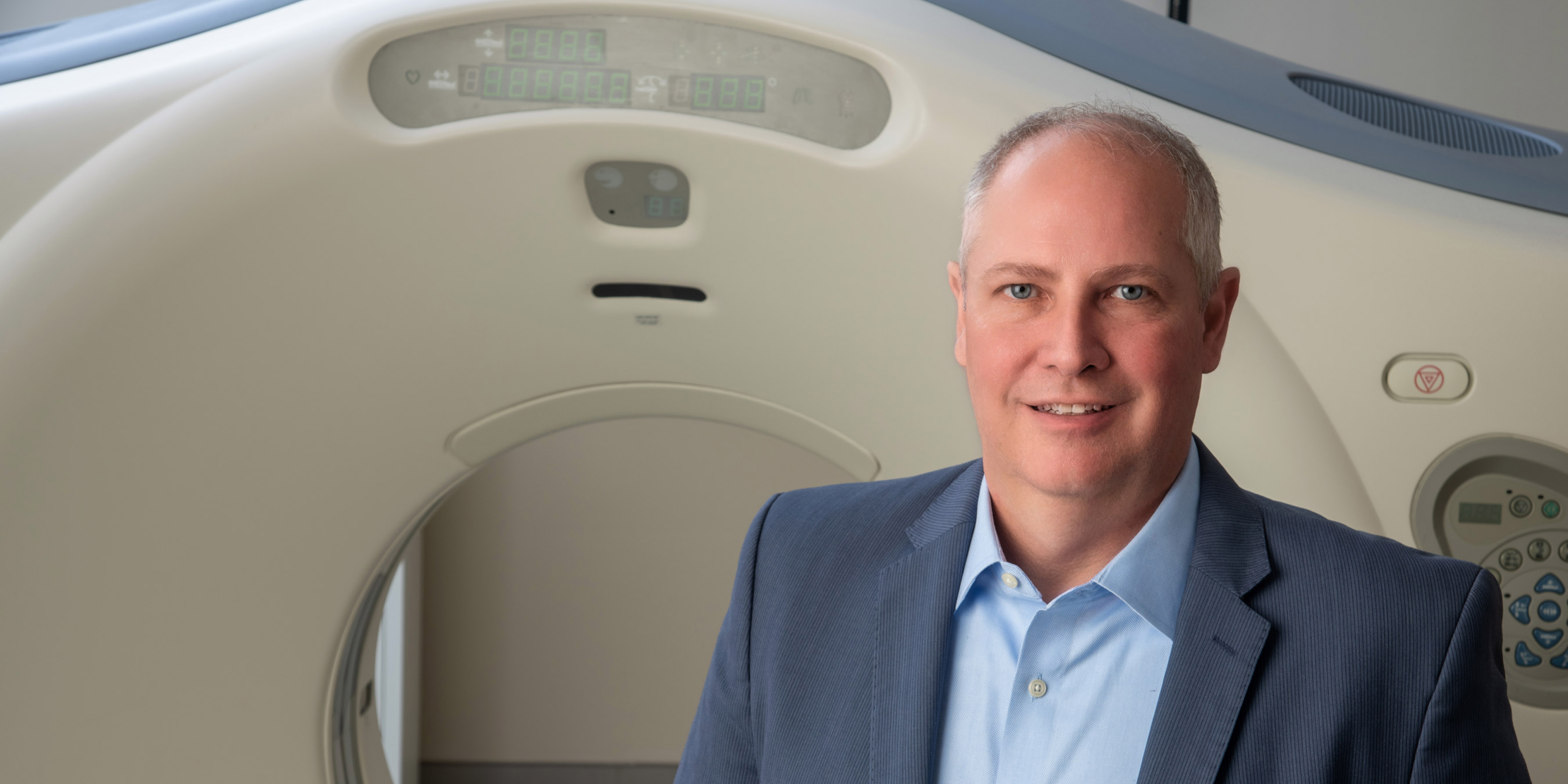Davyn Medical works closely with hospitals, medical centers and individual doctors while partnering with new equipment vendors and OEMs.
Brands We Buy & Sell:
- GE
- Siemens
- Philips
- Toshiba
- Canon
- Hologic
- Hitachi
- Fuji
- Samsung
- Carestream
- OEC
- Konica
- Esaote
- Oni
- Quantum
- Shimadzu
- Nuesoft
- Spectrum Dynamics
- Medtronic
- Others

